Abstract
A comparison is made of the results obtained in various parts of India since 1945 with DDT, BHC, and Cyanogas in the control of plague.
Antiplague campaigns involving the use of Cyanogas (calcium cyanide) have shown this pulicide to be effective in many cases in keeping down the flea index and in restricting the spread of the disease, although Cyanogas fumigation alone will not stop the annual recrudescence of epidemics. Comparative trials in Madras State showed that insufflation of rat-holes and harbourages with 10% DDT dusting-powder was effective in keeping the flea index below 1 in several villages, while repeated Cyanogas fumigation in the town of Coonoor did not greatly reduce the index there. In another series of experiments, the toxic action of both DDT and BHC (Gammexane) was still evident 84-90 days after dusting, but the DDT was the more powerful pulicide. Cyanogas dusting had no effect in reducing the flea index in these experiments.
In their conclusions, the authors consider that DDT, despite a number of instances of its failure, is the most valuable pulicide, followed by BHC and Cyanogas, in that order. A successful antiplague operation, however, depends on the methods used, the dosage of pulicide, and the time and intensity of its application. In addition, to eradicate plague in endemic areas, it is, of course, necessary to continue control efforts during the interepidemic periods.
Full text
PDF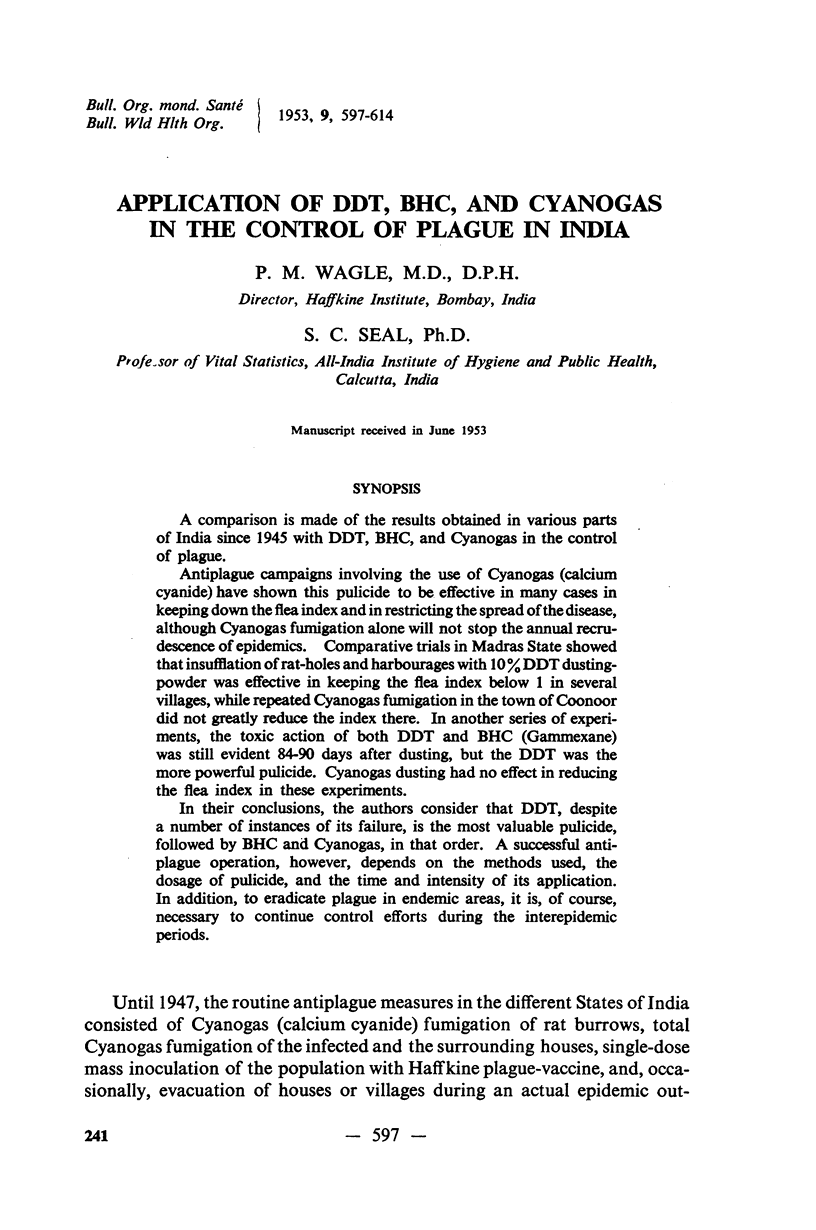
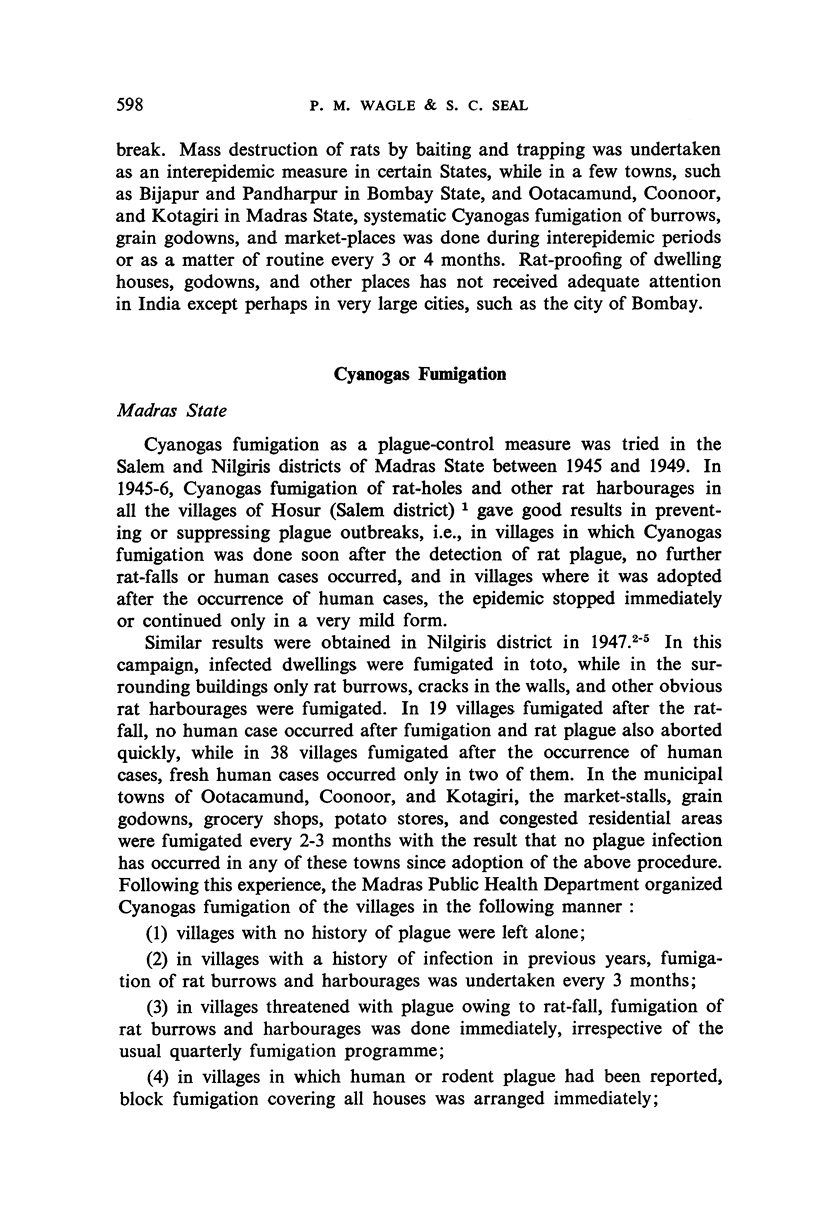
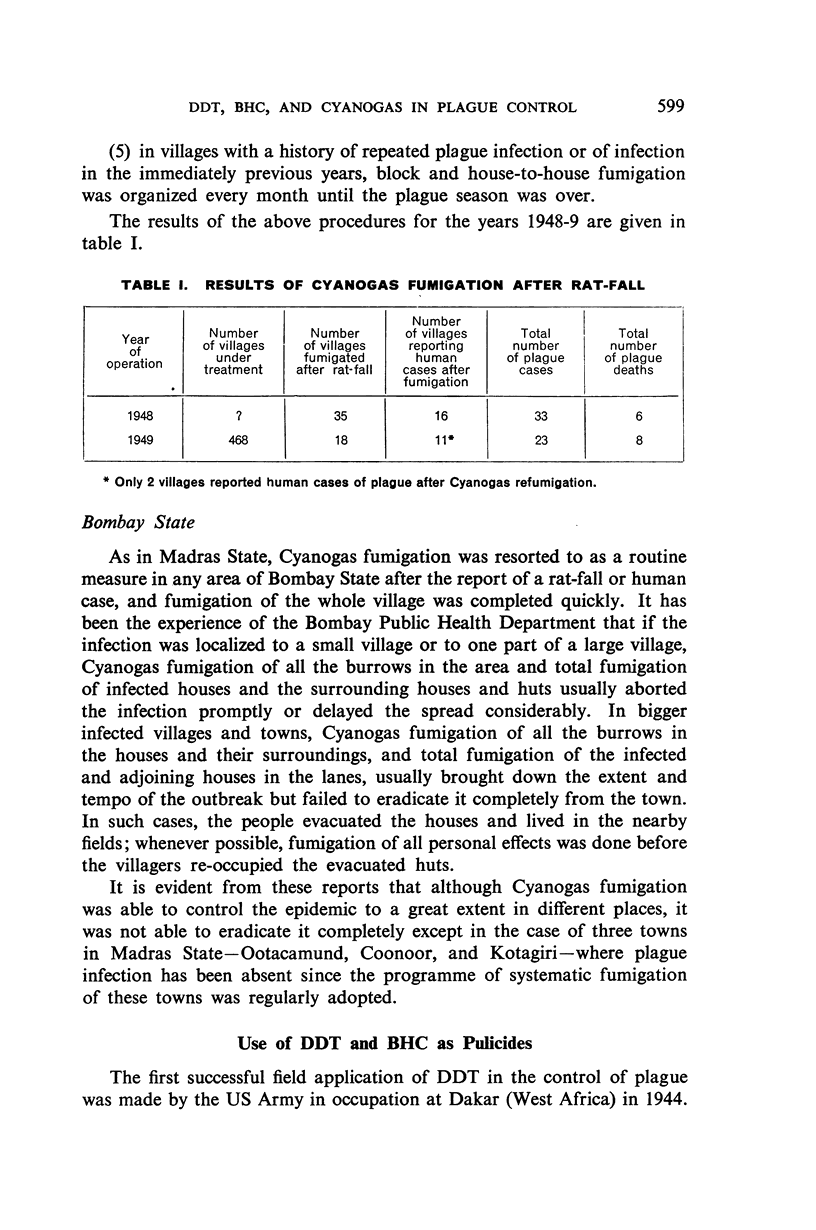
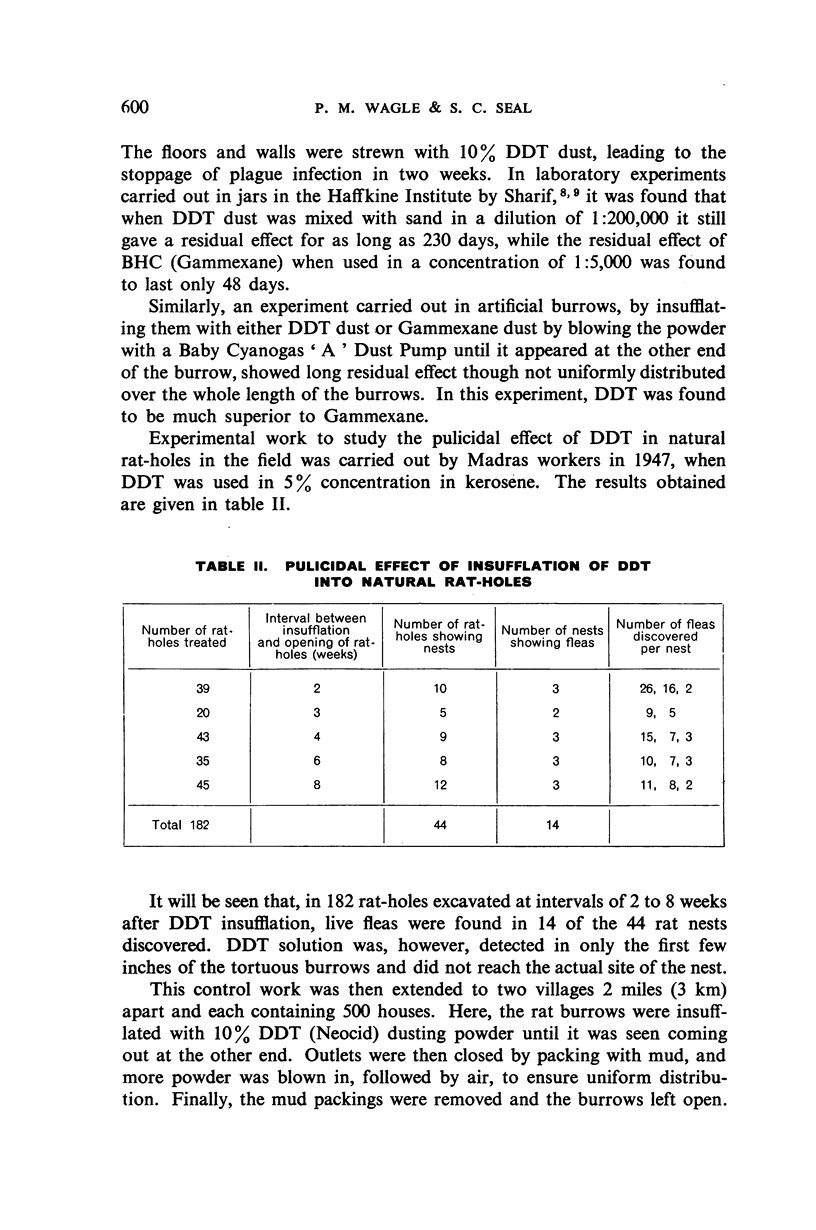
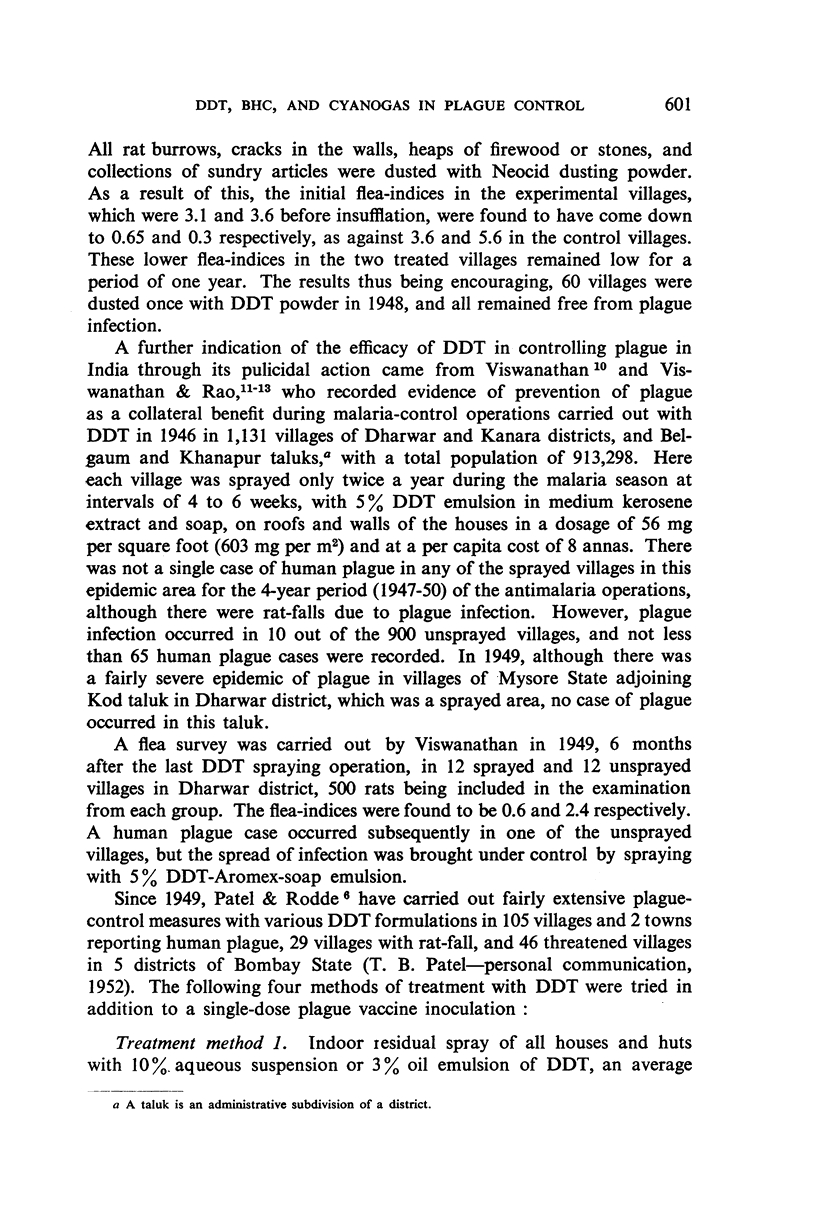
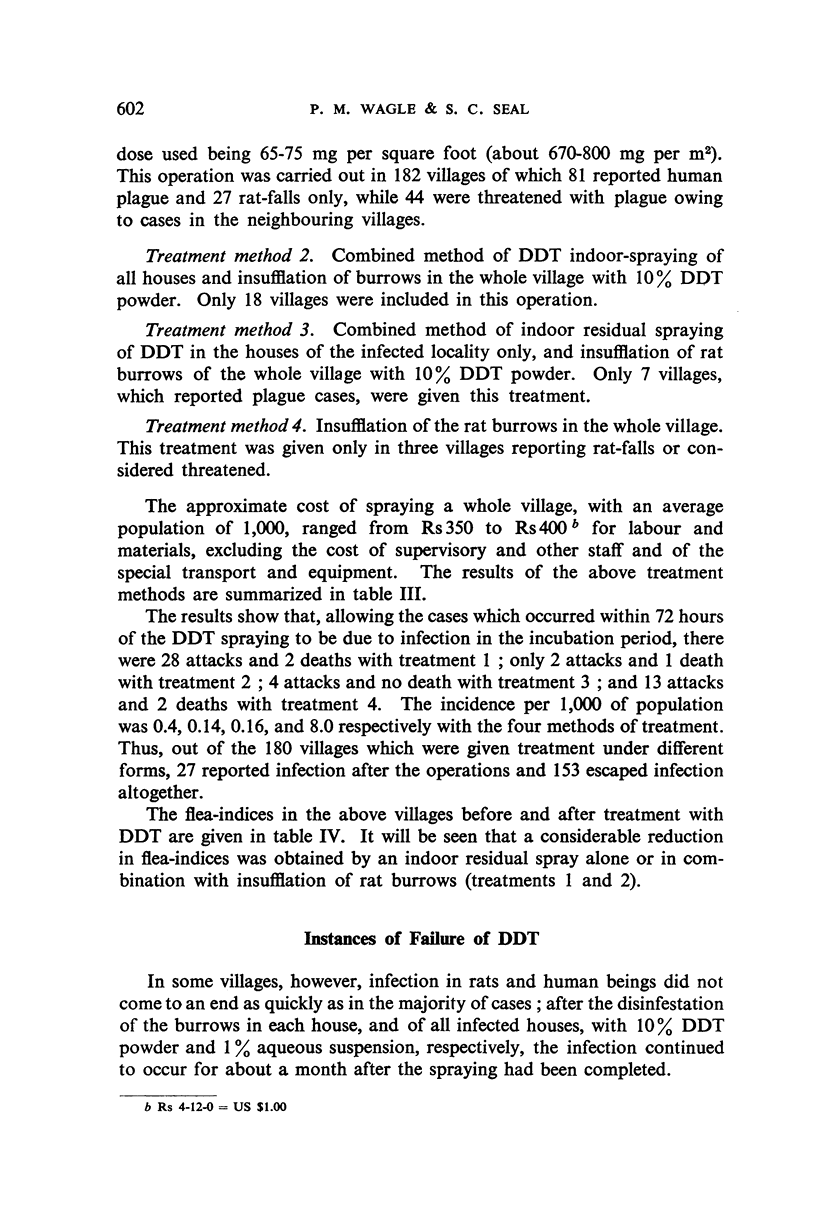
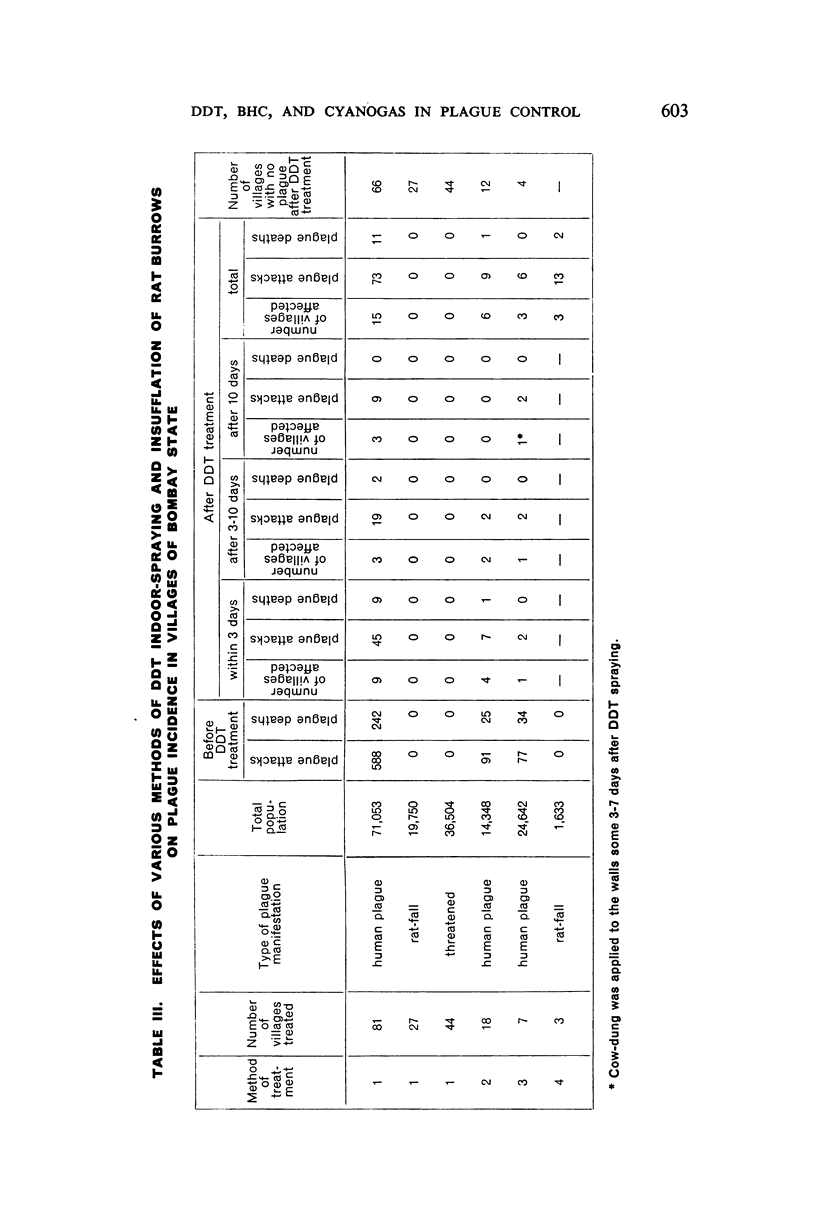
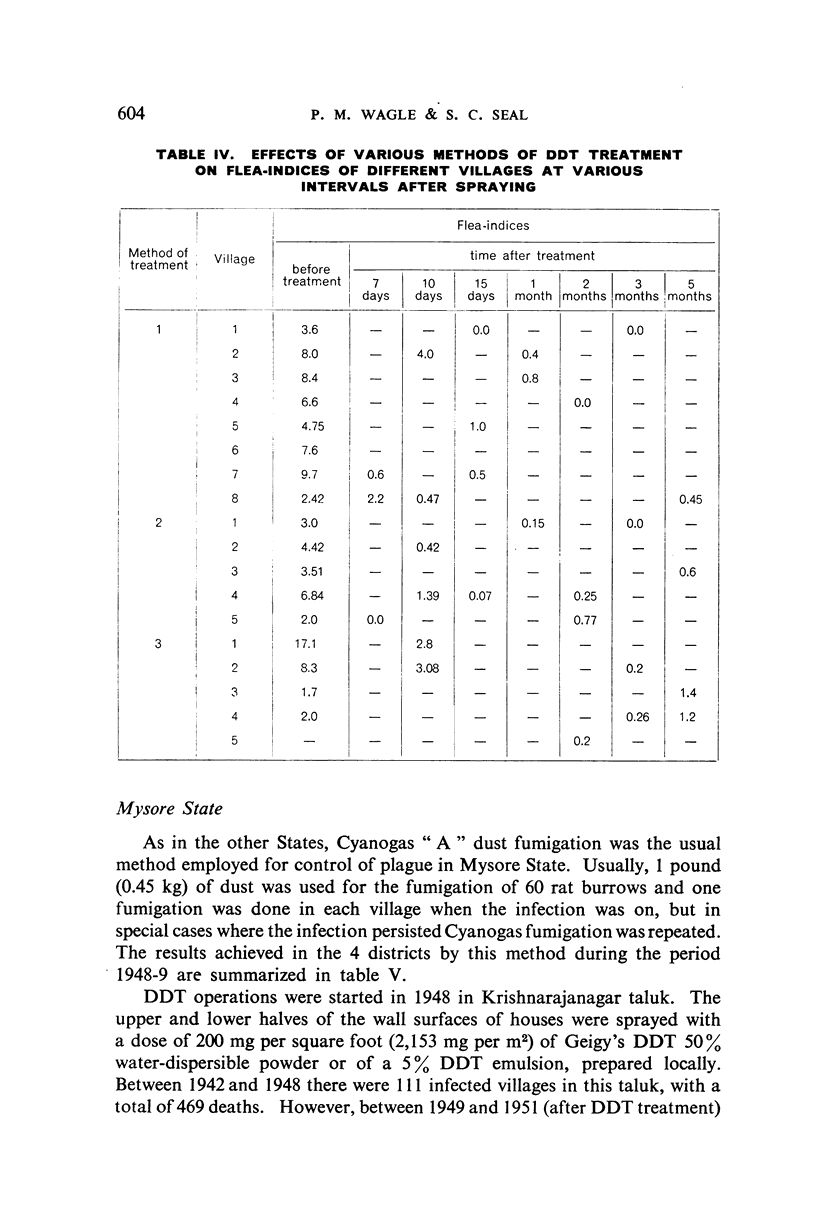
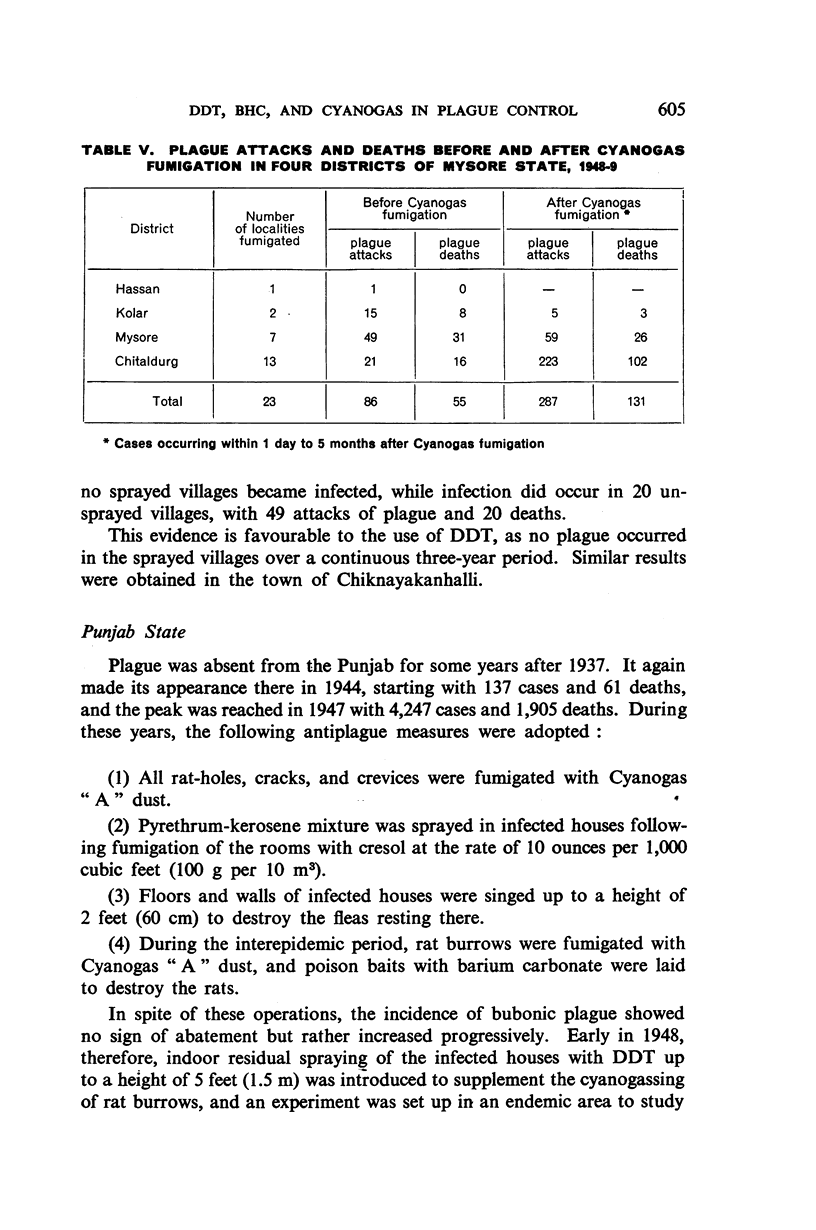
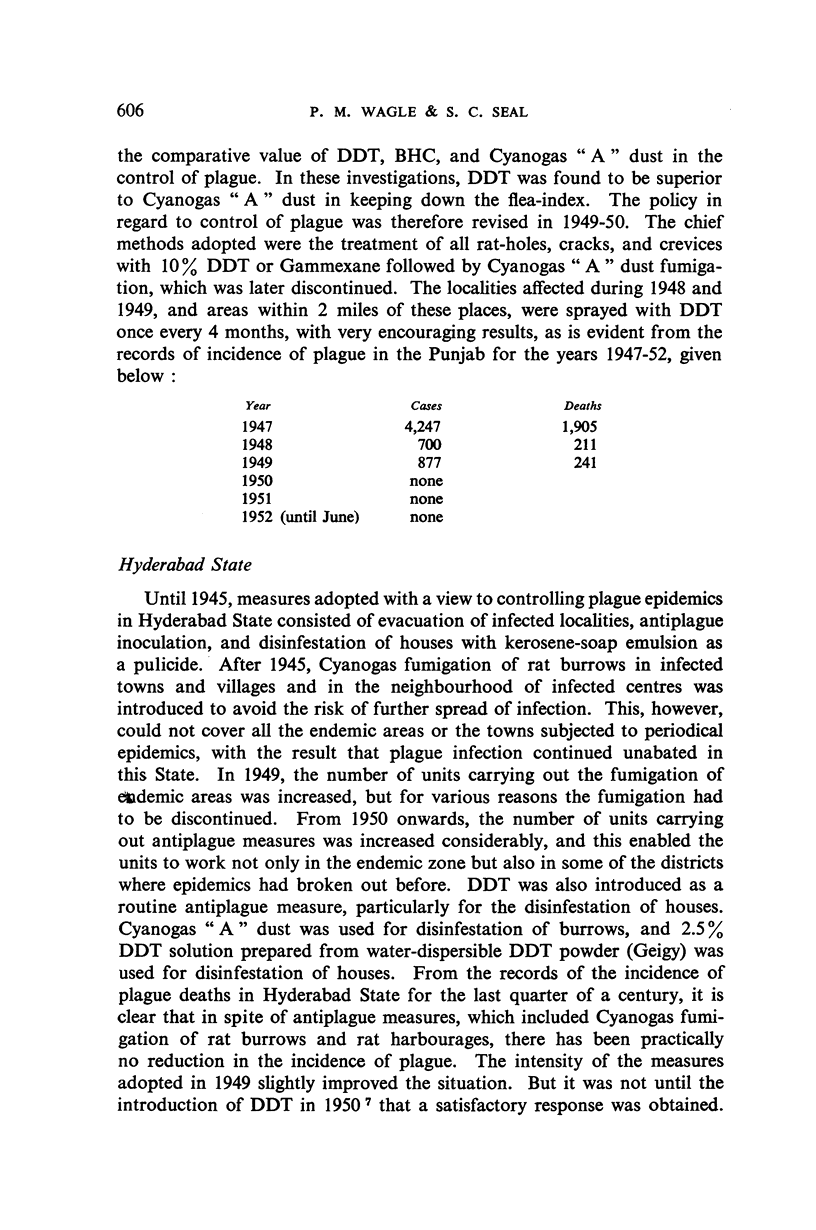
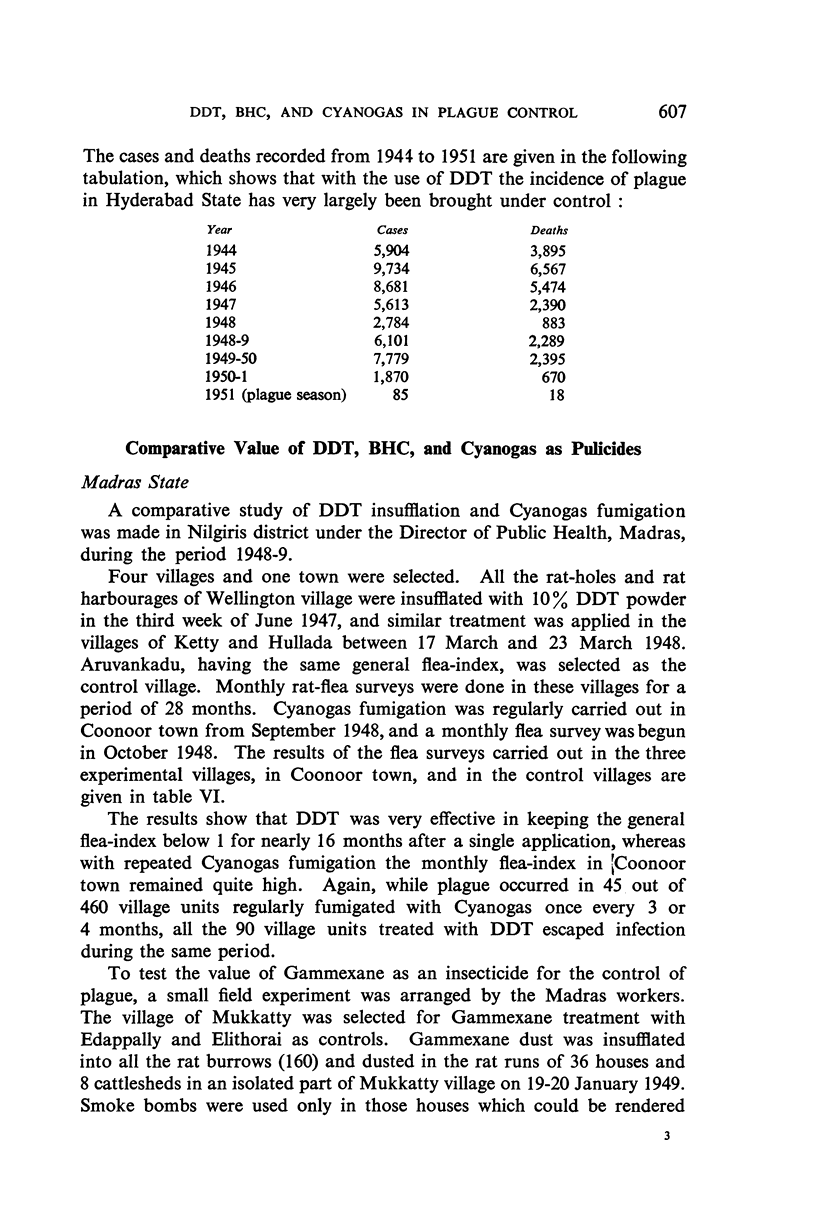
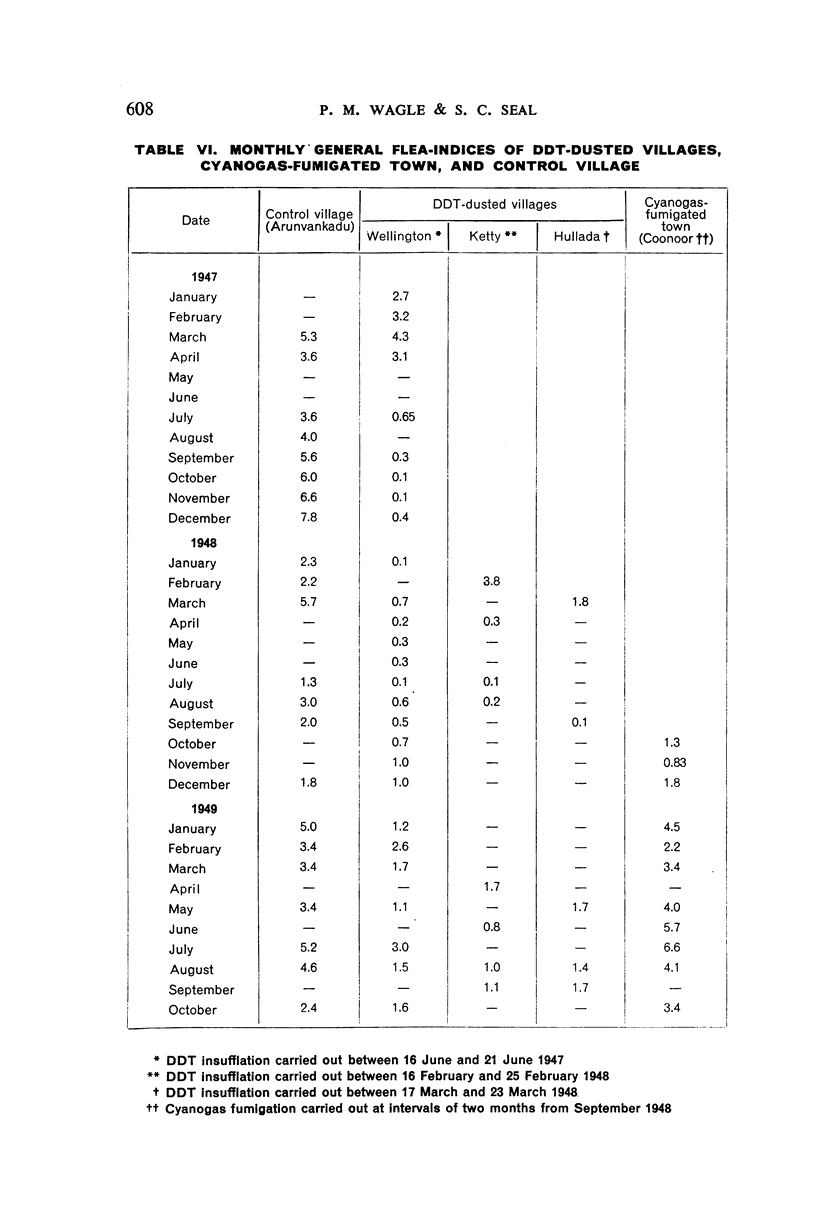
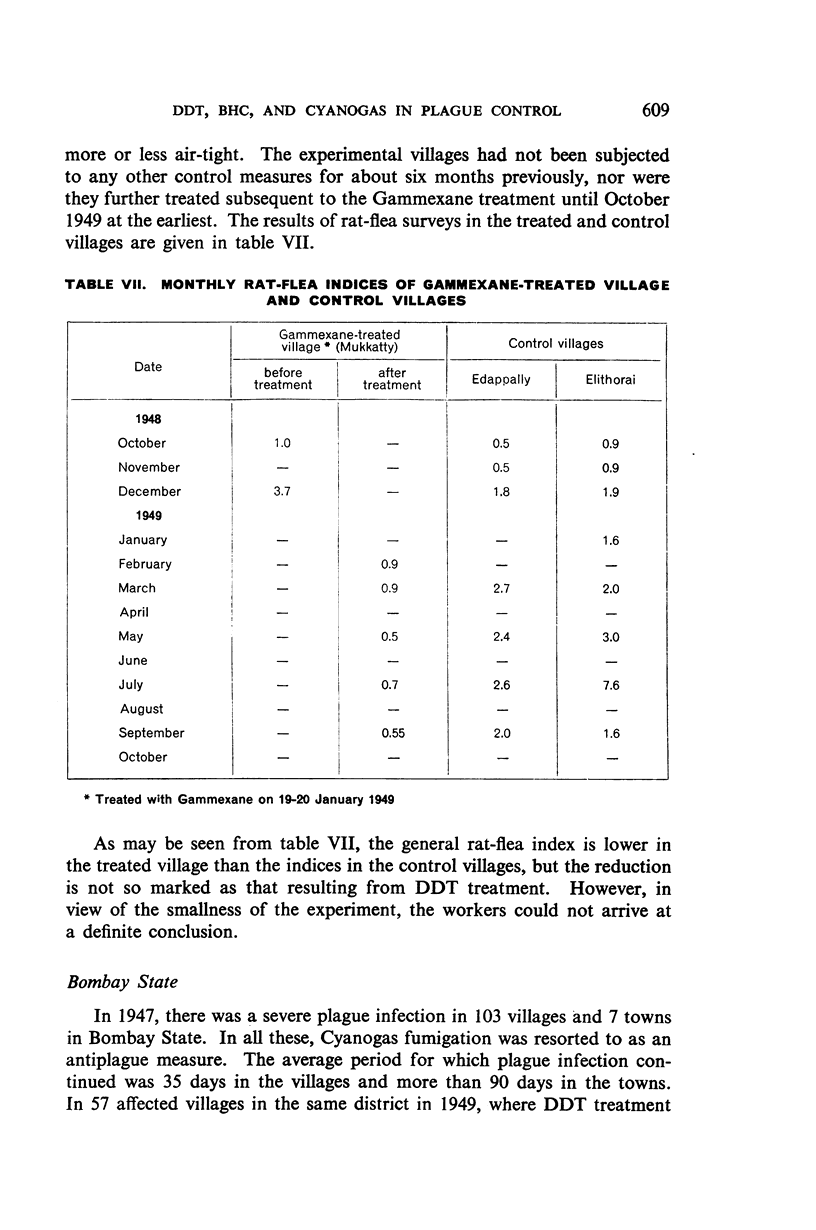
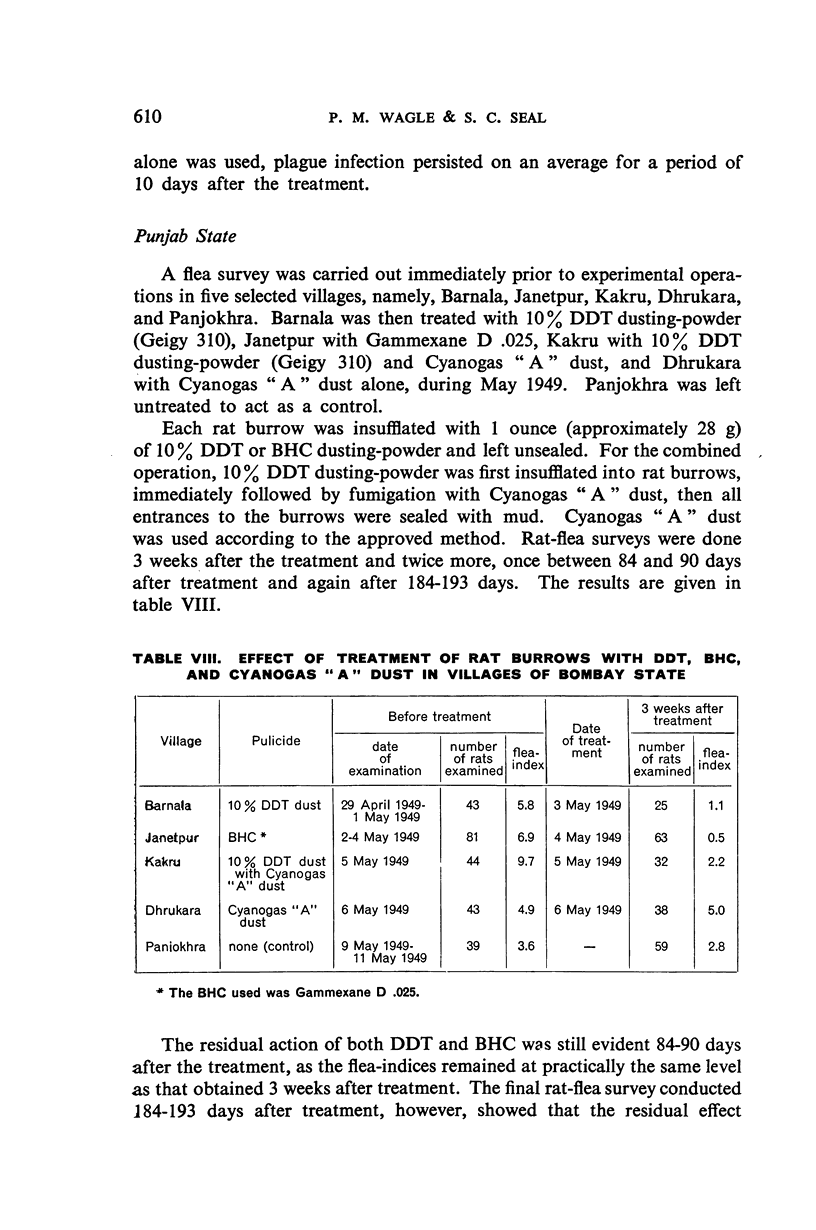
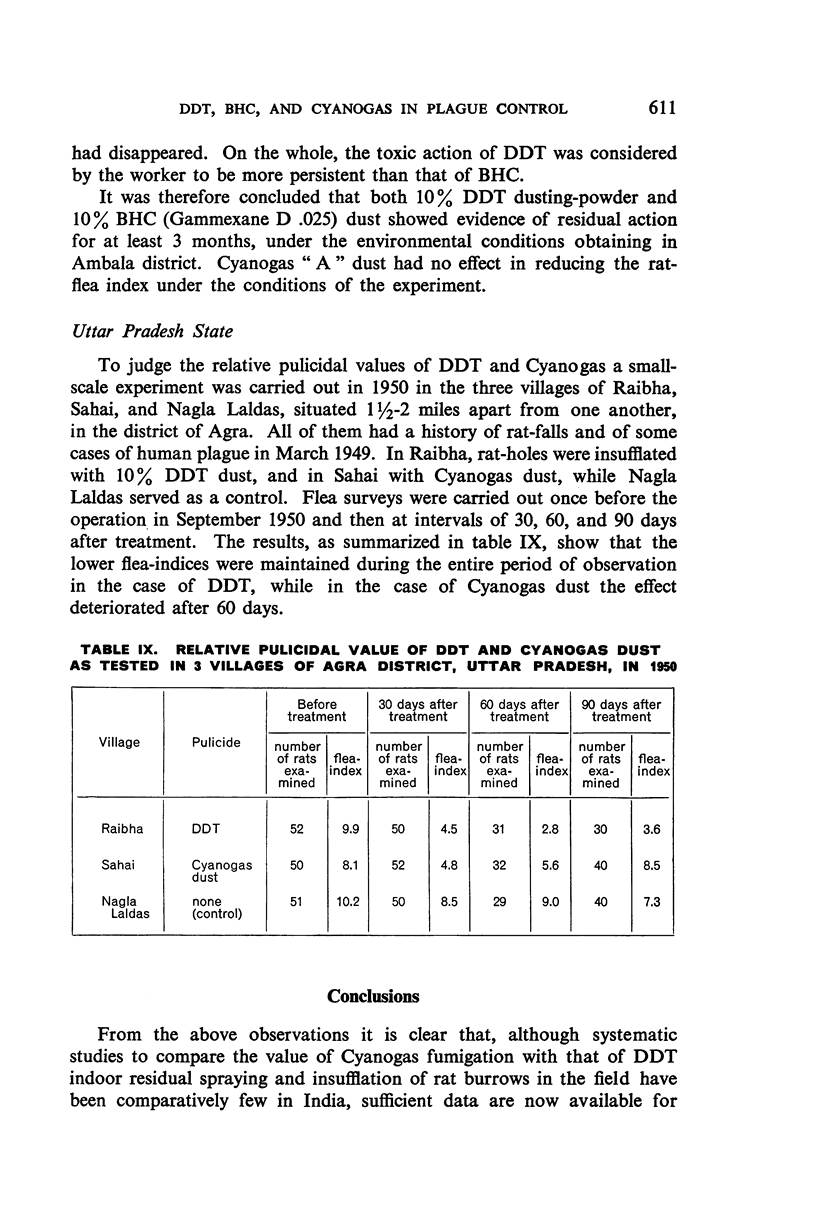
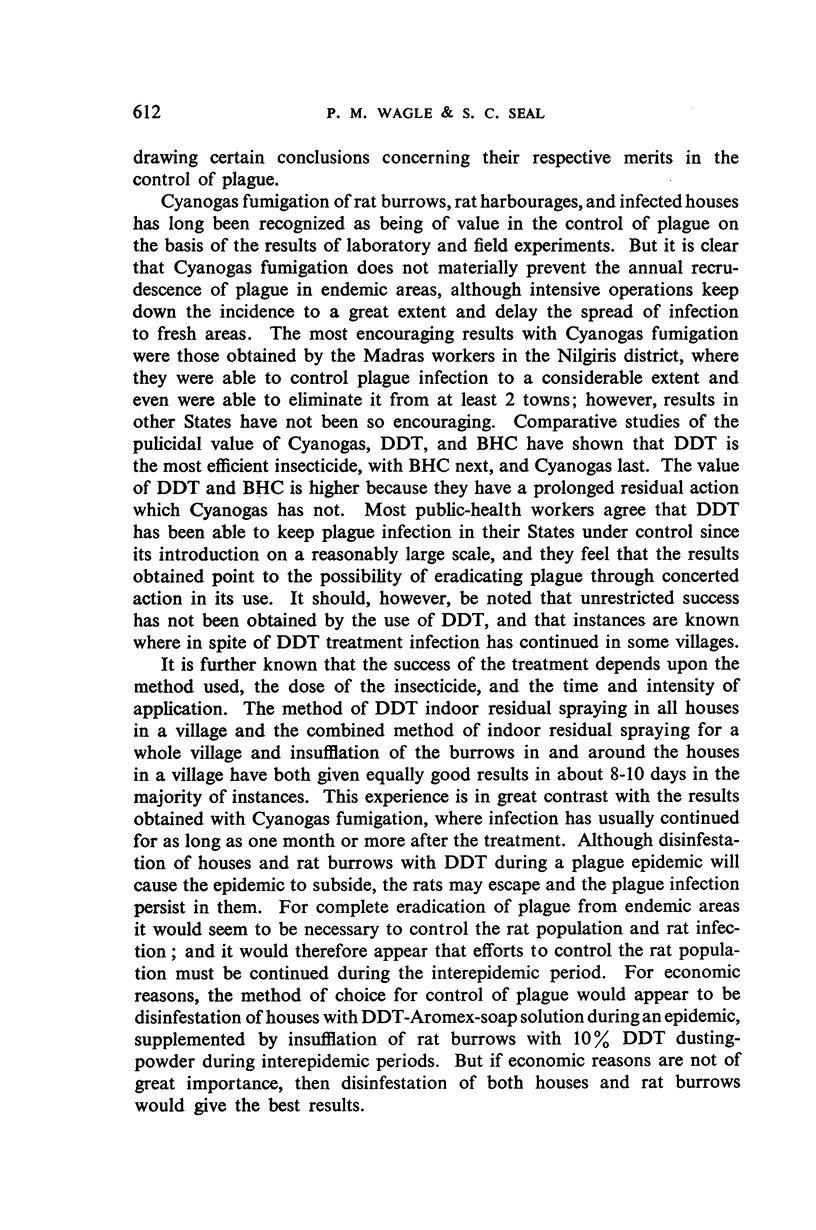
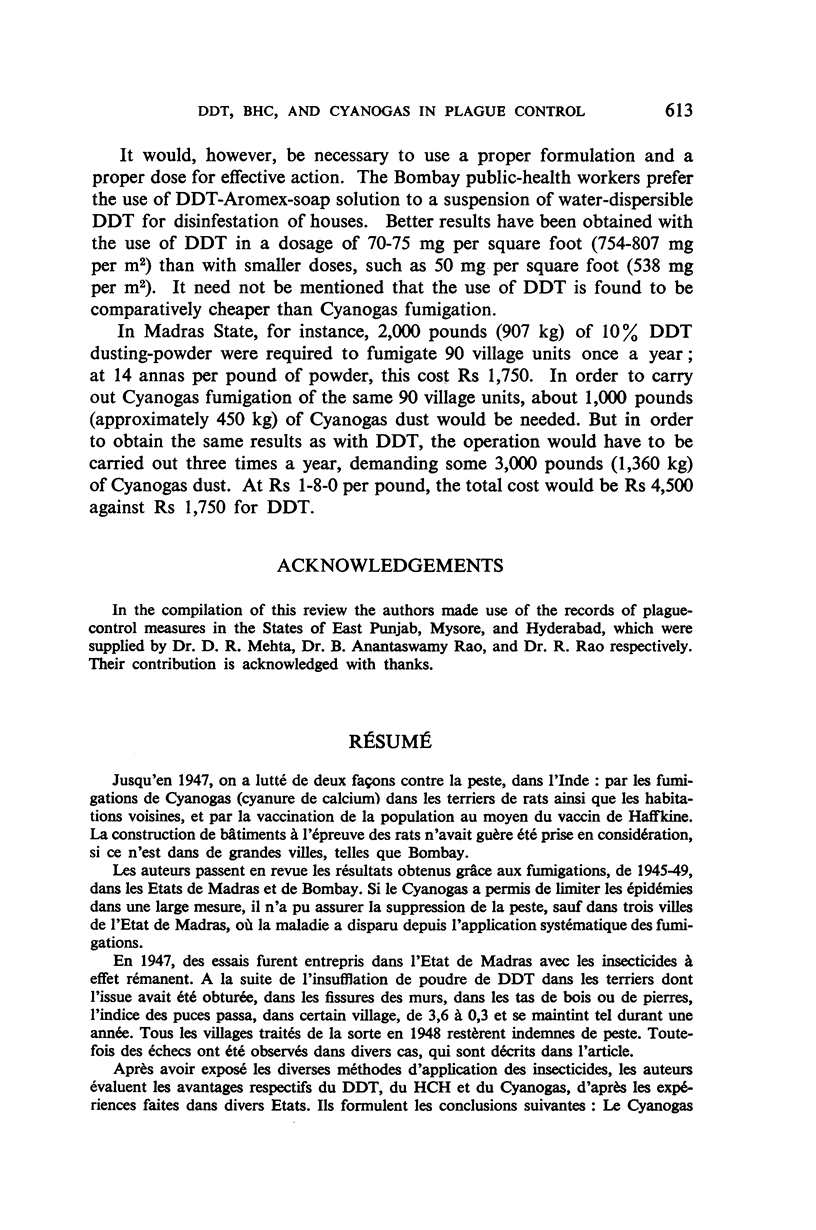
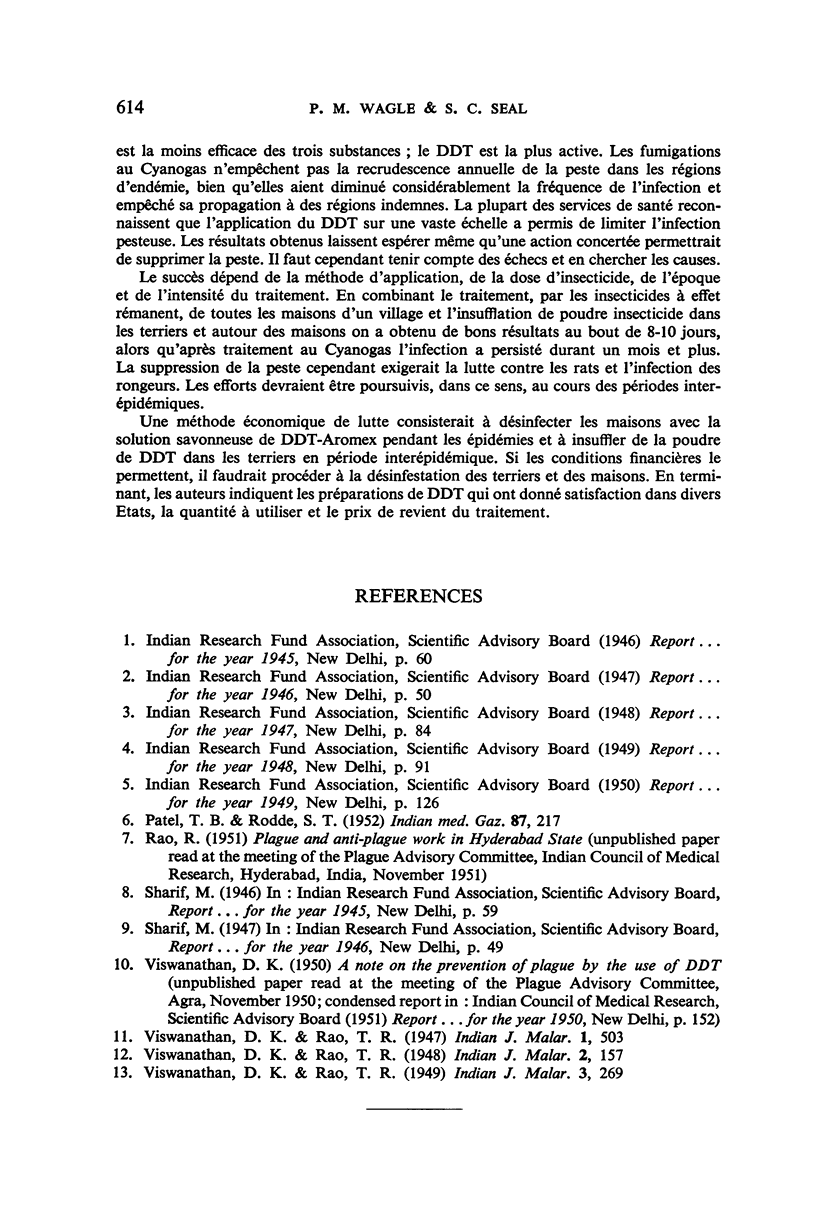
Selected References
These references are in PubMed. This may not be the complete list of references from this article.
- PATEL T. B., RODDE S. T. Use of D.D.T. as a plaque control measure in the Bombay State. Ind Med Gaz. 1952 May;87(5):217–221. [PMC free article] [PubMed] [Google Scholar]


